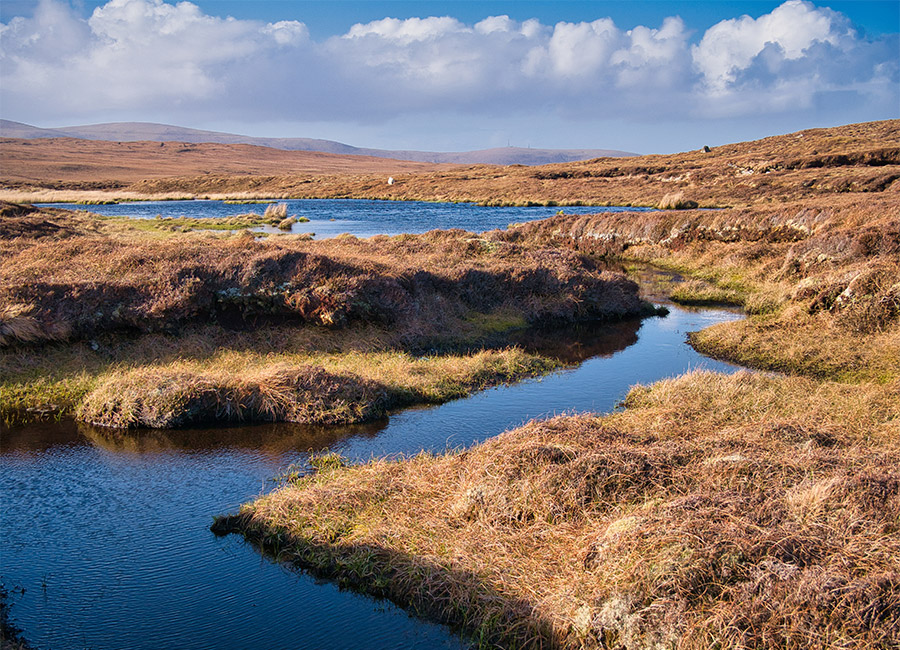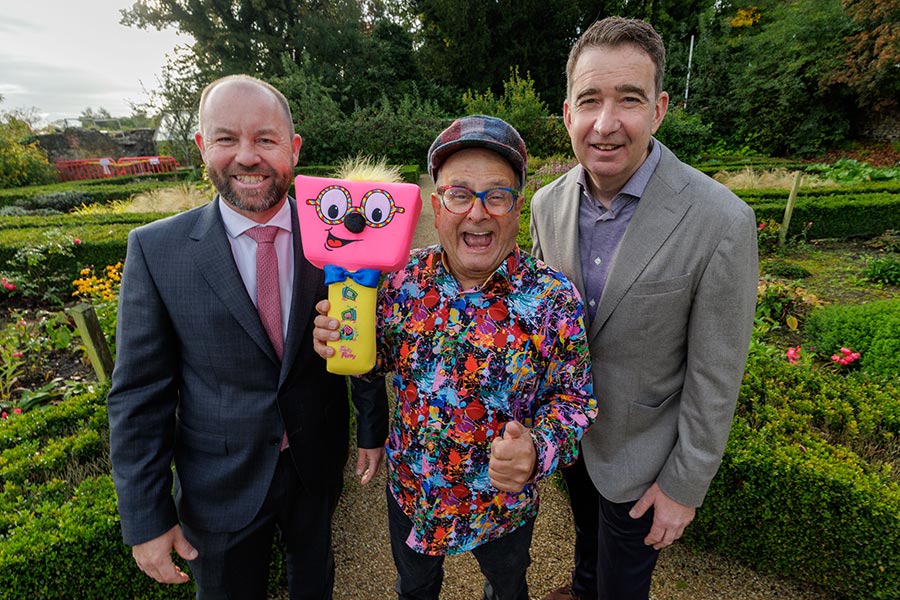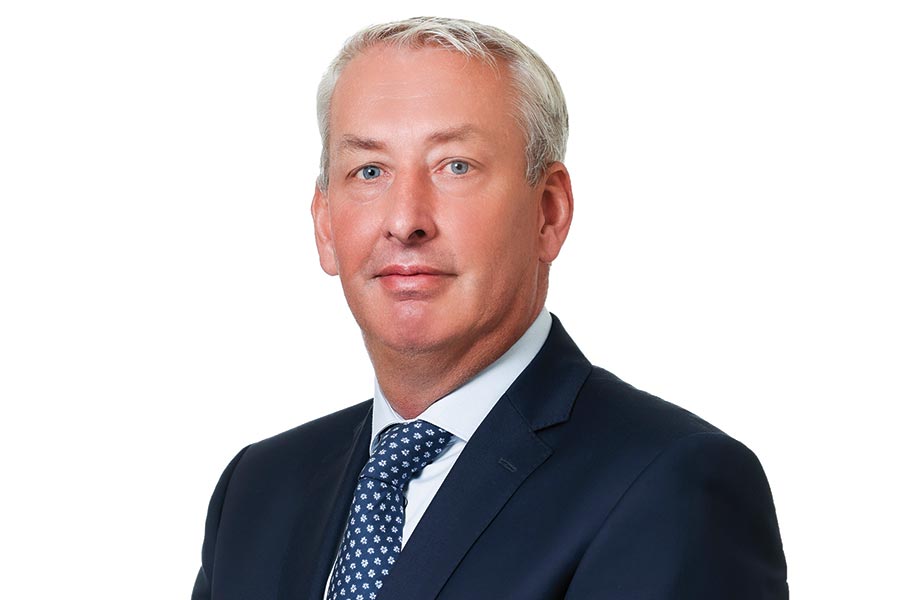Peat worth €40m is being illegally extracted and exported from sites in seven counties, writes Jamie McCarron.
The failure of county councils to properly crack down on illegal peat extraction "flies in the face" of Ireland's climate and biodiversity obligations, the Environmental Protection Agency (EPA) has warned.
A new report by the EPA released today reveals that the agency has investigated 38 sites across seven counties where "local authority enforcement performance is patently inadequate."
"Local authorities have been conspicuous in their lack of enforcement of environmental law," the report noted. It highlighted that Offaly had the most unauthorised sites with nine in the county, followed by Westmeath at eight, Roscommon and Tipperary at six, Longford and Kildare at four, and Sligo with one site.
It's estimated that these sites are responsible for 300,000 tonnes of peat being exported annually, valued at almost €40m. The main markets for the peat are the North, Britain, the Netherlands, Australia and Japan.
The director of the EPA's Office of Environmental Enforcement, Dr Tom Ryan, said that there could be even more than 38 large scale sites in Ireland but that the agency has put considerable effort into monitoring them over the past few years.
"We've been engaging with the local authorities for a number of years on this. We've identified all of these sites, given them all the important information that we have, including aerial photography of the sites," he said.
"We have sent out draft notices to them as part of our role in overseeing them and they've responded to that part of the process. They've said that what we are asking for, they don't have the resources for or that a regional enforcement authority might be set up years down the line that will deal with it.
'With the exception of one local authority, they aren't planning to take any action at all.'
Dr Ryan noted that of the seven local authorities the EPA has been engaging with for years, only Longford County Council appears to be making genuine efforts to combat the diversity harming unauthorised extraction of peat.
He said: "They've issued notices under the Planning Act. There is still a long way to go but it's a positive move in the right direction."
Dr Ryan added that while a regional enforcement authority could be established in the future to help combat the issue, this is no excuse for current inaction.
"Right now, local authorities have the statutory responsibility in this area and they need to step up to those obligations and prioritise the resources to develop a county-wide plan," he said.
The Environmental Protection Agency's report pointed out that it has "deployed significant resources" to carry out 170 inspections between 2021 and 2024, despite the fact that primary responsibility for regulating all commercial peat extraction lies with local councils.
Peat extractors are required to be granted Environmental Impact Assessments, Appropriate Assessments associated with protected habitats, and planning permission from local authorities before they can begin operating.
However, the EPA states that these regulations are being ignored by peat extractors and that local authorities are failing to act on these violations.
Dr Ryan said: "Local authorities have been conspicuous in their lack of enforcement of environmental law. They need to step up to meet their legal obligations as regulatory authorities, prioritise their resources and use the ample enforcement powers at their disposal to bring these illegal activities to an end and to protect our environment."
The seven local authorities mentioned in the EPA report as being "inadequate" in their enforcement were contacted for comment but no response was forthcoming at the time of going to press.
Peat extraction can lead to the destruction of ecosystems vital for biodiversity as well as the loss of important carbon sinks which remove greenhouse gases from the atmosphere. Ryan said: "If you are destroying peatlands, that goes against our climate efforts.
"It's also irreplaceable. If it has to be done, it can be done in a regulated way like Bord na Móna did but what's taking place now flies in the face of our efforts to protect biodiversity and aid the climate. Operators engaged in unauthorised peat harvesting activities are in flagrant violation of environmental law. They are destroying our precious natural environments and this needs to stop," he said.
The EPA has also taken legal actions at District Court and High Court level against operations on areas greater than 50 hectares - approximately 45 GAA pitches.
These legal actions have resulted in several sites ceasing operations, while "a number of actions remain live before the courts," the EPA stated.
The EPA's 38 notices to the seven local authorities in relation to the large sites they identified could lead to legal action. In extreme cases, the Environmental Protection Act of 1992 allows the EPA to "carry out, cause to be carried out, or arrange for" vital environmental actions if a local authority refuses to comply, and then charge the local authority for the cost.
The report added that "the EPA will continue using its powers to ensure all seven local authorities fully implement and enforce environmental requirements pertaining to large scale peat extraction."
A 2024 study funded by the EPA found that carbon emissions caused by peat extraction for domestic use has been vastly under-reported in Ireland's greenhouse gas reports to the UN. Just under 65,000 hectares of raised bog across Ireland has been cut up for domestic use, the study found, which is nearly 162 times more than the 400 hectares reported in Ireland's annual UN report.

Q&A
What rules are being broken by illegal extractors? Large-scale peat extraction can only take place if it is granted planning permission. In some cases, an EPA licence is also required if the site is big enough.
A site of more than 50 hectares requires an EPA licence, planning permission, an Environmental Impact Assessment (EIA) and an Appropriate Assessment (AA) (which determines the impact on Special Areas of Conservation and Special Protection Areas).
Sites of 30 to 50 hectares require planning permission, an EIA and an AA but not an EPA licence. Meanwhile, sites of 30 hectares and less only require an EIA if the EPA deems that one is required.
I thought selling turf was illegal? In many cases it is. The EPA's report doesn't touch on the extraction of peat as fuel for domestic use, only for international export.
The sale of turf in shops was banned in 2022 but people with turf-cutting rights are still able to cut turf for their own use and can sell or gift it to friends, family and neighbours.
How much peat is exported? The amount of peat being exported has fallen by almost two thirds in the past ten years, largely due to the fact that Bord na Móna ceased production at the nine peatland complexes it operated around the country.
Over 1m tonnes of peat were exported in 2016, which fell before one last spike in 2020 of 920,000 tonnes. Exports have largely been below 400,000 tonnes since then, with 2024 recording exports of 313,000 tonnes according to the EPA.
Are peat and turf the same? Peat and turf are largely considered the same by many but there is a key difference which is important in the context of the report.
Peat is soft and partially decomposed plant matter found in bogs and is the first step in the formation of coal, while turf is created by cutting and drying peat so that it can be used for fuel.
What happened to all of Bord na Móna's bogs? Up until 2020, Bord Na Móna lawfully operated nine different peatland complexes across 11 counties under licence from EPA.
Since ceasing operations that year Bord na Móna is engaged in the rehabilitation of those peatlands with almost 19,000 hectares rehabilitated by the end of 2024. Rehabilitation, also known as rewetting, is usually reserved for severely damaged peatlands.
Restoration, meanwhile, is usually undertaken at peatlands that have been minimally damaged. The EPA says these schemes are "bringing peatlands back to life, allowing nature to take its course and peatlands to flourish again."
Photo: Turf drying in Co. Longford. (Pic: Fran Veale)











